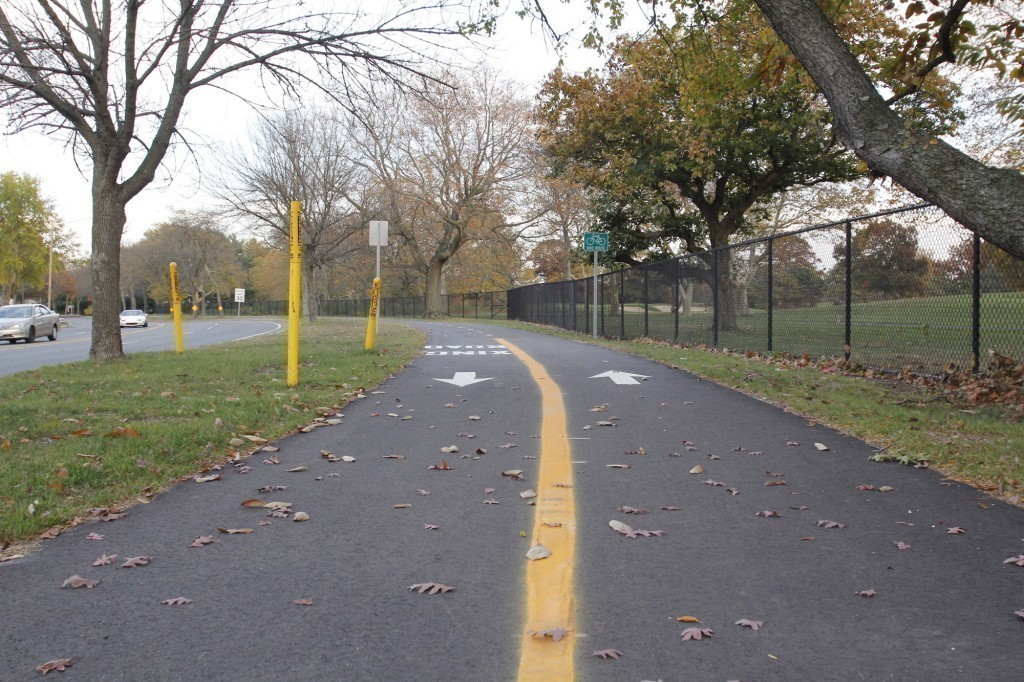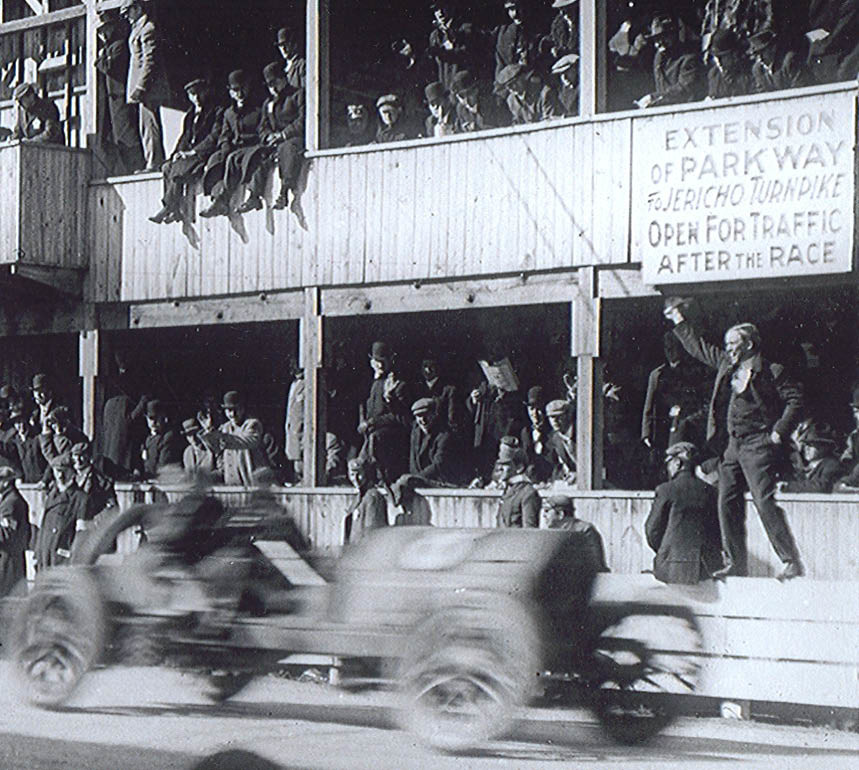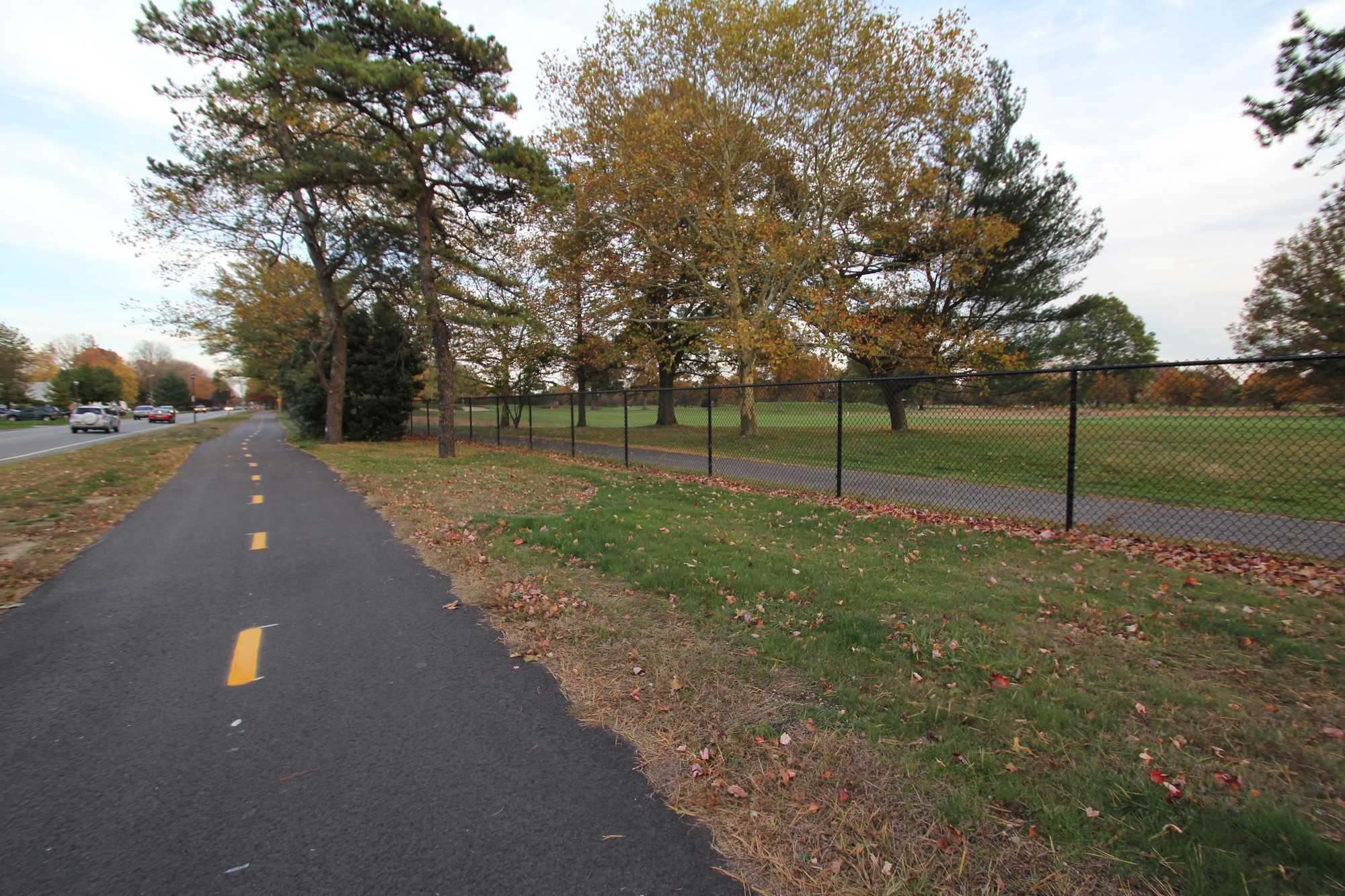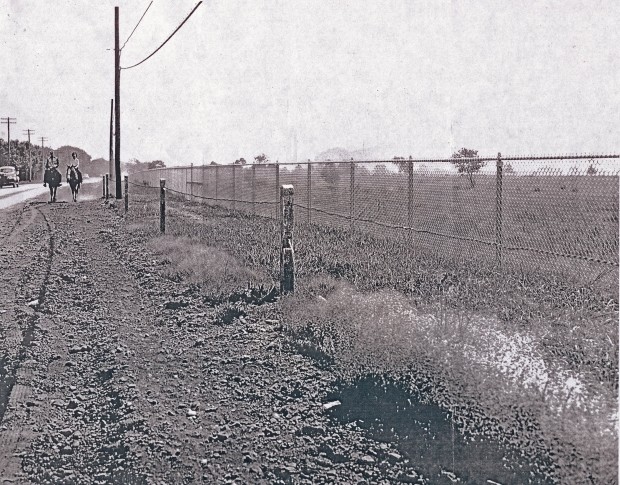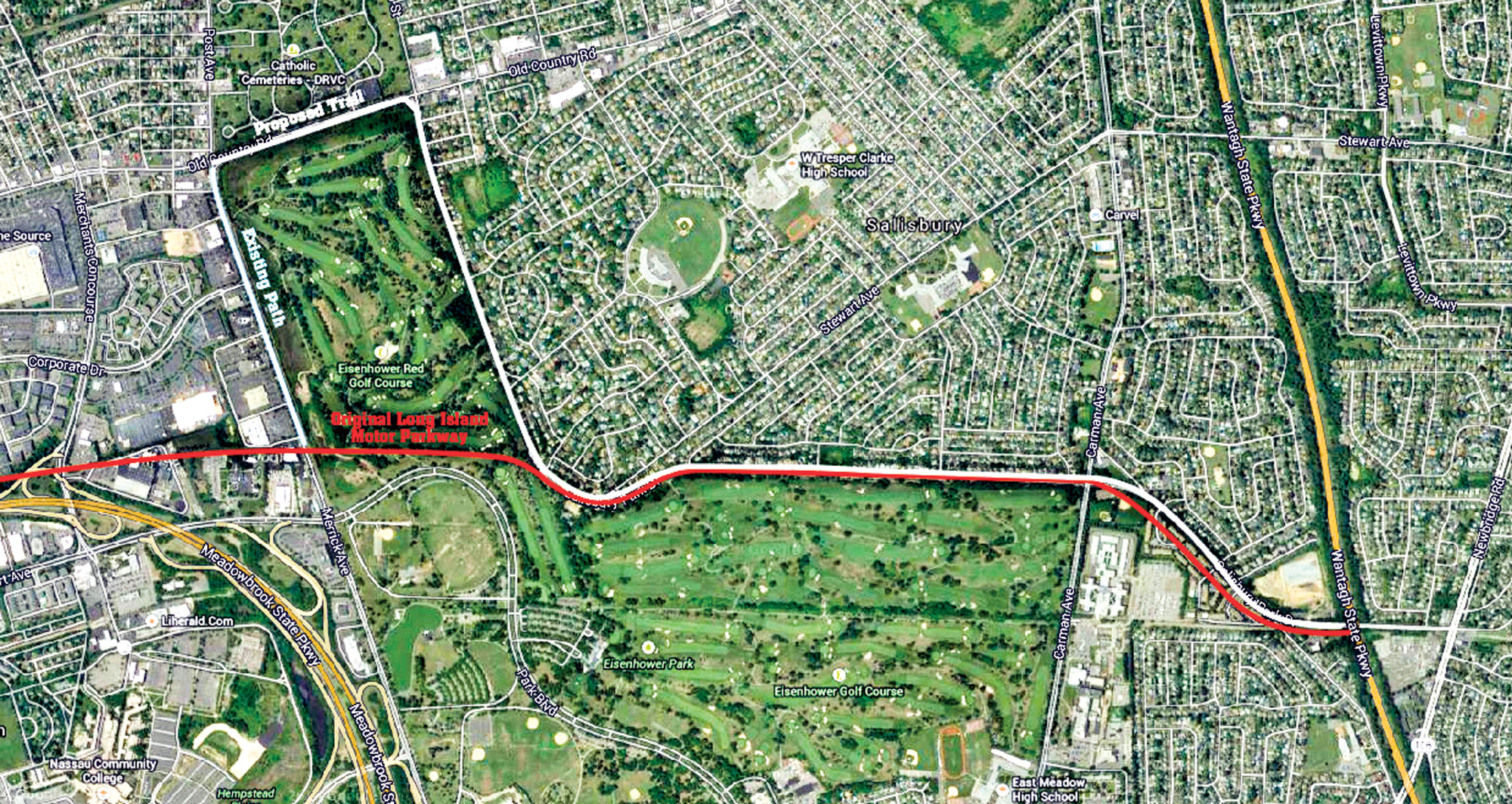Preserving history with a bike path
County set to receive funding to continue work on Salisbury Park Drive trail
The Long Island Motor Parkway, built in 1908, extended 45 miles and connected Fresh Meadows, Queens, to Lake Ronkonkoma in Suffolk County. The private toll road, built by entrepreneur William Vanderbilt, was the first in the U.S. designed exclusively for automobiles.
Vanderbilt, a motor racing enthusiast, planned for the road to host his popular Vanderbilt Cup Races, which he had started four years earlier on public roads. The death of a spectator in 1906 prompted Vanderbilt to construct the private highway.
The races ran through what is now Eisenhower Park in East Meadow, following what is now Salisbury Park Drive east. “It was like the Super Bowl of its day,” said Howard Kroplick, who grew up in East Meadow and founded the Long Island Motor Parkway Preservation Society 10 years ago. “By 1910, more than 300,000 people came to Nassau County to watch these races.”
Two more accidental deaths in 1910 effectively ended the Vanderbilt Cup Races, and in 1938, the state took possession of the Long Island Motor Parkway in lieu of back taxes owed, and then closed it. But the legacy of the historic roadway lives on, thanks to Nassau County, which, in 2011, created a plan for a 27-mile mixed-use bike and hiking trail on the parkway’s path.
The construction of a one-mile demonstration segment, on Salisbury Park Drive, from Carman Avenue to Stewart Avenue, was recently completed by the county’s Department of Public Works, using money from a remaining environmental bond act allocation.
On Oct. 27, Gov. Andrew Cuomo announced that Nassau County would receive $1.8 million from the Federal Highway Administration, administered by the state Department of Transportation, to complete the Salisbury Park Drive segment of the trail as part of a program to fund bike and pedestrian projects statewide.
It’s the first major funding the county will receive for its plan to pay homage to the historic, but little-known parkway. “This was part of Long Island’s history,” said Kroplick. “It’s a little bit of a treasure here that people are just starting to recognize.”
27 miles of history

